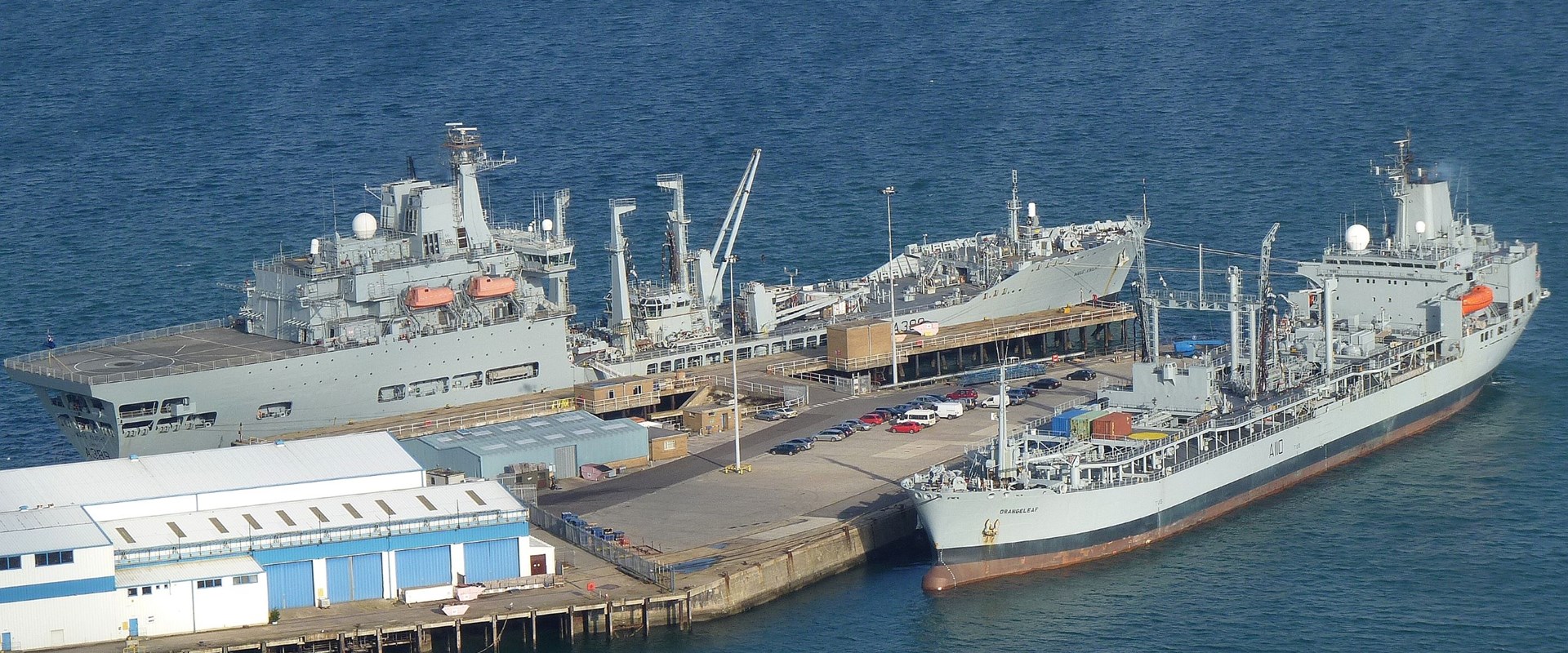
BMT RAMtr@ck - the full fleet lifecycle tool
BMT RAMtrack enables you to forecast the availability of fleet assets based on scheduled maintenance requirements (calendar or running time).
BMT RAMTRACK may be used to evaluate the following factors and ensure user requirements can be achieved through-life whilst considering unavailability due to maintenance cycles:
Once in service, BMT RAMTRACK may be used to support operational planning and decision making to ensure that assets are available to carry out short term user operations by considering:
Banner image courtesy of Peter Norster - used with permission

RAMtrack is an enabler for Smart Procurement by determining whether reliability and maintenance (RAM) contractual requirements are being met, allowing the user to ensure that equipment availability is maximised and helping to assure that value for money is being delivered.
The performance of any system is benchmarked by the original specification, which defines the criteria for proper operation. These performance criteria, including how they will be calculated or determined, should be specified for acceptance testing and in-service use and support.
Calculation of in-service RAM achievement is dependent on the accurate reporting of equipment usage and incidents (hardware and software failures/defects). The severity-of failure definitions detailed in the specification, the time of occurrence, and the usage requirement’s impact must be considered for every incident logged. Interested parties must then ‘sentence’ the incident for relevance to the required performance.
Collection of this data, distributing it to the interested parties, the sentencing process and feedback to contracting authorities and front-line users have, in the past, proved to be protracted.